8 gardening hacks for busy growers – professional time-saving tips
Struggling to keep on top of gardening chores? Follow these time-saving tricks from an expert gardener and you’ll have your yard looking amazing in no time

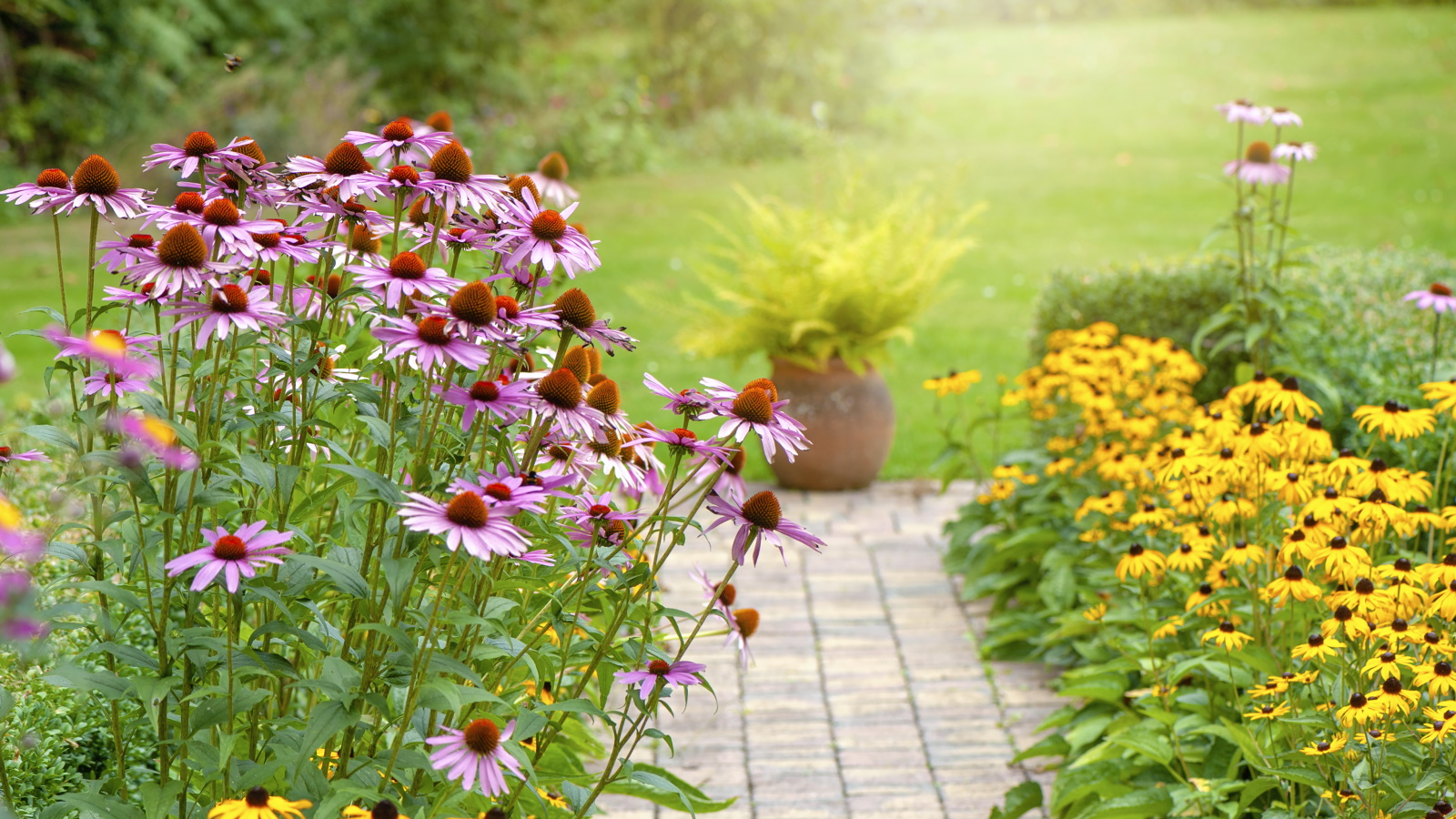
From weeds growing in patio cracks to leaf litter on the lawn, there’s always something in the yard that needs our attention. If you prefer sitting back and admiring the view of your garden rather than gardening in it, then you may be wondering if there are any life hacks for gardeners? Life hacks can be used to simplify everyday chores that are time-consuming or tedious.
While we can choose low maintenance garden boarder ideas, there are other steps you can take to simplify your gardening life. If, like me, you want to spend less time sweeping, weeding, pruning, and digging, then follow my tried and tested gardening hacks to learn how you how to make these jobs easier and less like hard work.
8 gardening hacks for busy growers
Spend more time enjoying your yards and less time working in them with these time-saving ideas.
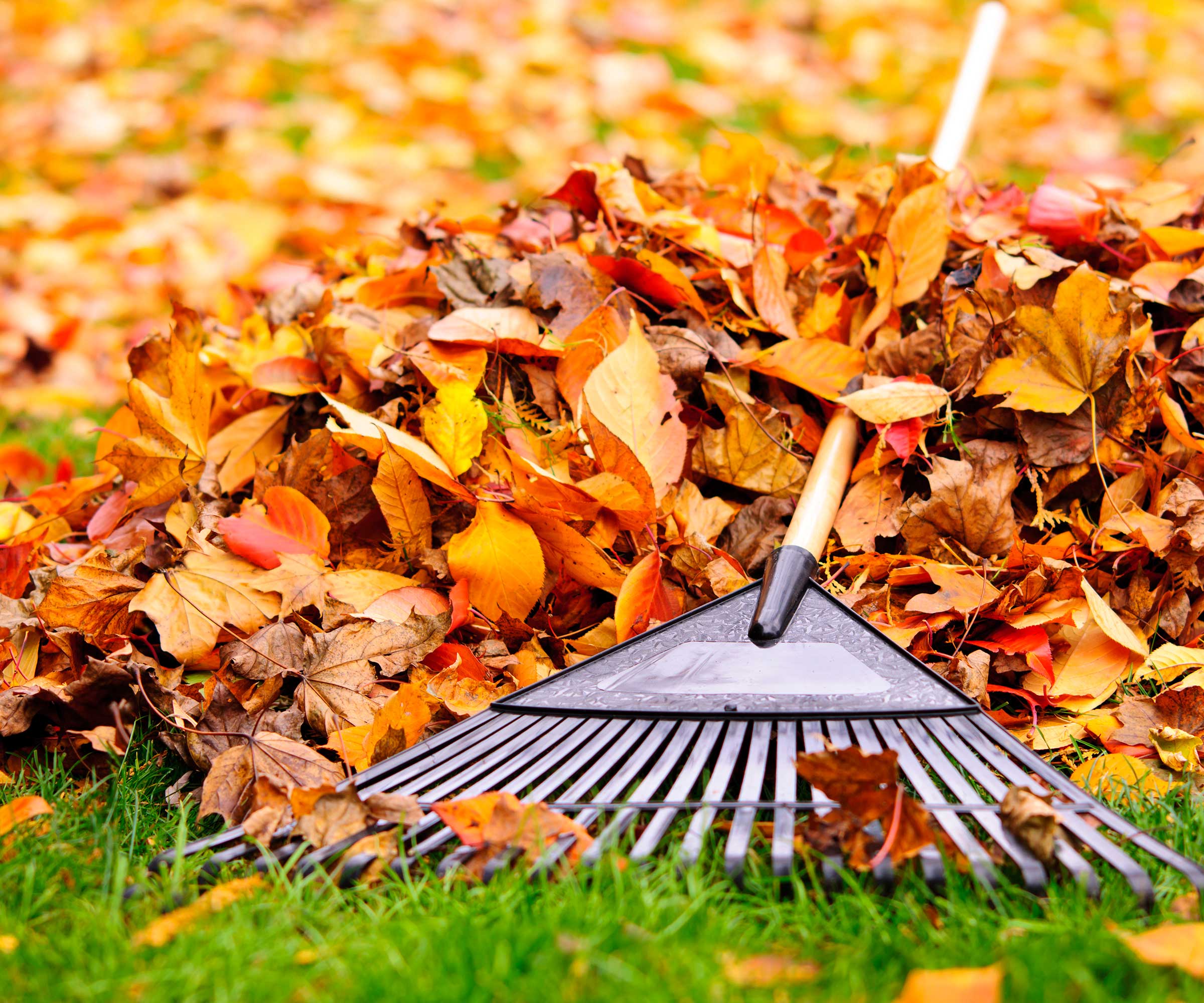
1. Cover garden beds with leaves
Raking leaves straight into the borders from pathways and lawns will save you the job of bending down and sweeping them into bags. This method works best in areas with rainfall or snow over winter, as moisture helps leaves to rot down and encourages earthworms. Watch for soggy leaves over the crowns of small alpines, which may cause them to rot.
A rotary mower on a high setting is a brilliant way to collect leaves in larger yards, as it will chop up the leaves and mix them with grass cuttings, ready for sprinkling over the borders. Leaf mold is a source of free organic matter, so it makes sense to use it to replenish your borders.
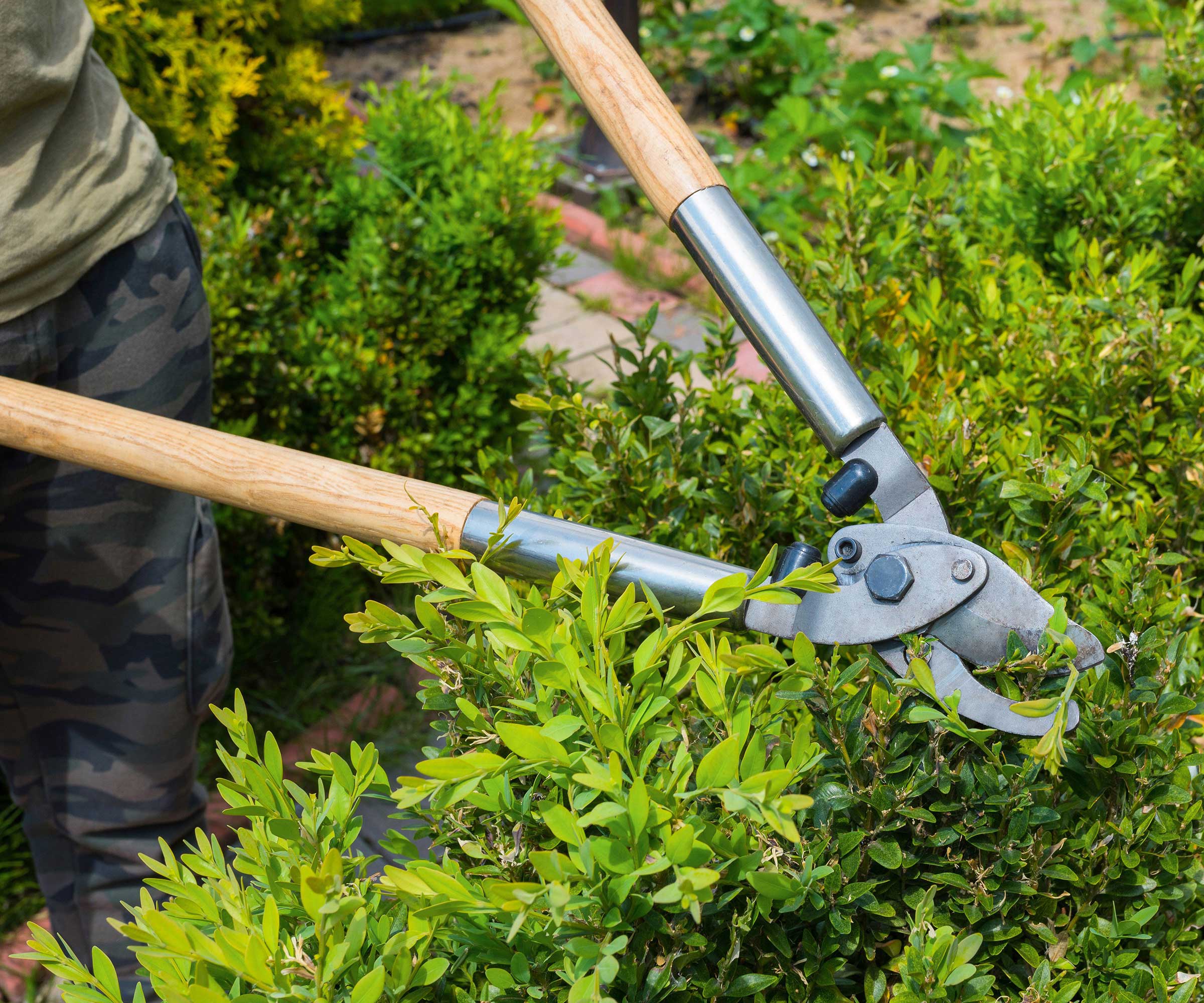
2. Trim evergreen hedges at the right time of year
You can get away with pruning established evergreen hedges just once a year. Getting the timing right is key. Spring or fall are the best times, depending on whether you want to enjoy the shape of your hedge through the spring and summer months, or whether you prefer a tidy hedge during winter. If growing hedges for wildlife is a priority, then avoid pruning during from March to August when birds may be nesting.
Hedges with a slower growth rate such as English holly are easier maintenance in the long run, but may take longer to grow to the desired height. Yew and privet are very forgiving when it comes to pruning, allowing gardeners to heavily shear without worry.
Design expertise in your inbox – from inspiring decorating ideas and beautiful celebrity homes to practical gardening advice and shopping round-ups.
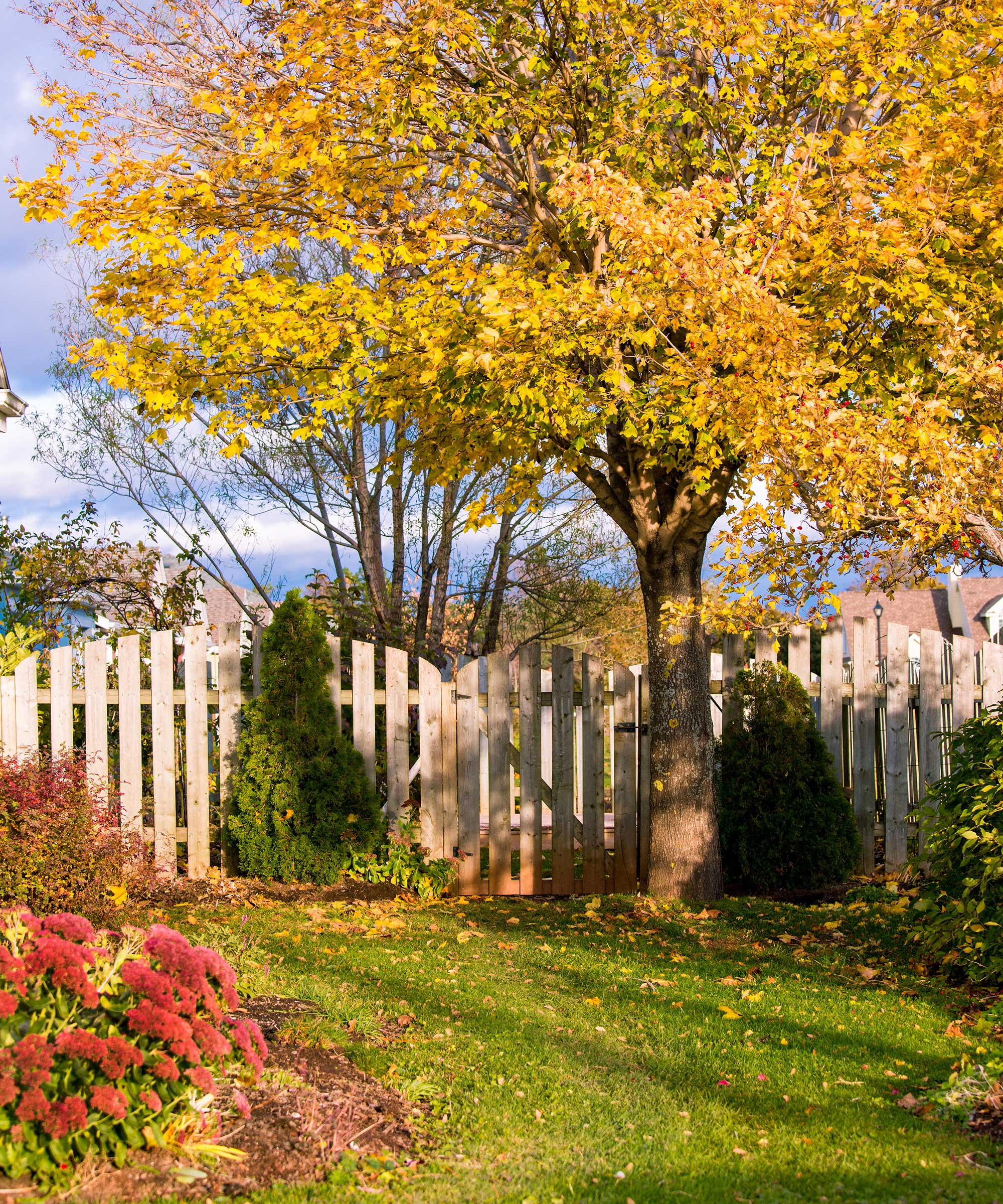
3. Choose fences over hedges
In smaller yards, garden fence ideas are a much better option than hedges, as their footprint is tiny, so you don’t lose any valuable yard space. Fences don’t require as much maintenance as hedges, either. A good quality fence should last at least 25 years if looked after correctly.
There are some top quality fence stains and colors available to buy, such as these fence stain options from Walmart, with some guaranteed to last 15 years. Ensure you leave a gap between plantings and the fence so there’s enough room to paint it when required. And opt for fence-friendly vines like annuals and herbaceous varieties – not woody climbers, which could end up damaging the structure of the fence.
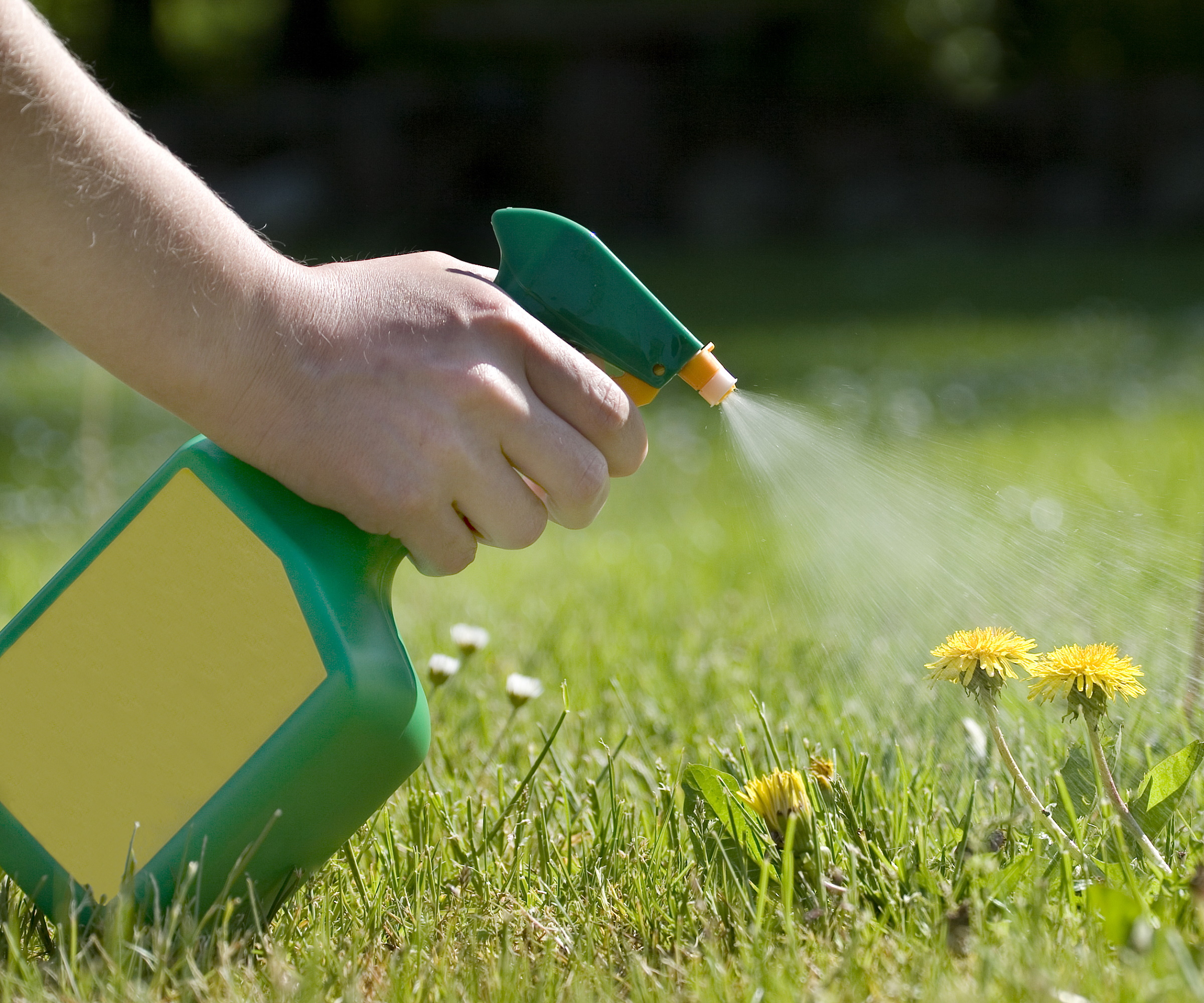
4. Use vinegar for weed control
It’s hard work removing weeds that regularly pop up on walkways, patios, and driveways. Spraying them is much less of a chore. If you’re not keen to use a glyphosate weedkiller, you could try white vinegar instead. Ordinary vinegar can be used on small annual weeds, but super strength vinegar (sometimes called horticultural vinegar, such as these options from Walmart) is best for perennial weeds.
Vinegar is not as effective on older weeds, and it’s not safe to spray on weeds in the borders, as the vinegar may get onto other plants. Apply on dry, non-windy days when rain isn’t forecast, and weeds should die off within 24 hours.

5. Use lawn edging
Lawn edging is often used by professional landscapers to keep lawns looking sharp all year round. Strips of metal, plastic, or other weather-proof material such as bricks provide a barrier between a lawn and any flowerbeds. This helps to define the edges of a lawn as it prevents grass from growing into flowerbeds or onto pathways.
In turn, this means less work using long-handled edging shears or a half-moon cutter, which are the usual tools for keeping edges looking neat.
If you're eager to learn how to edge a lawn, a good tip is to make it low enough to mow over but high enough to stop the grass growing over it: aim for about 1-3mm above soil level.
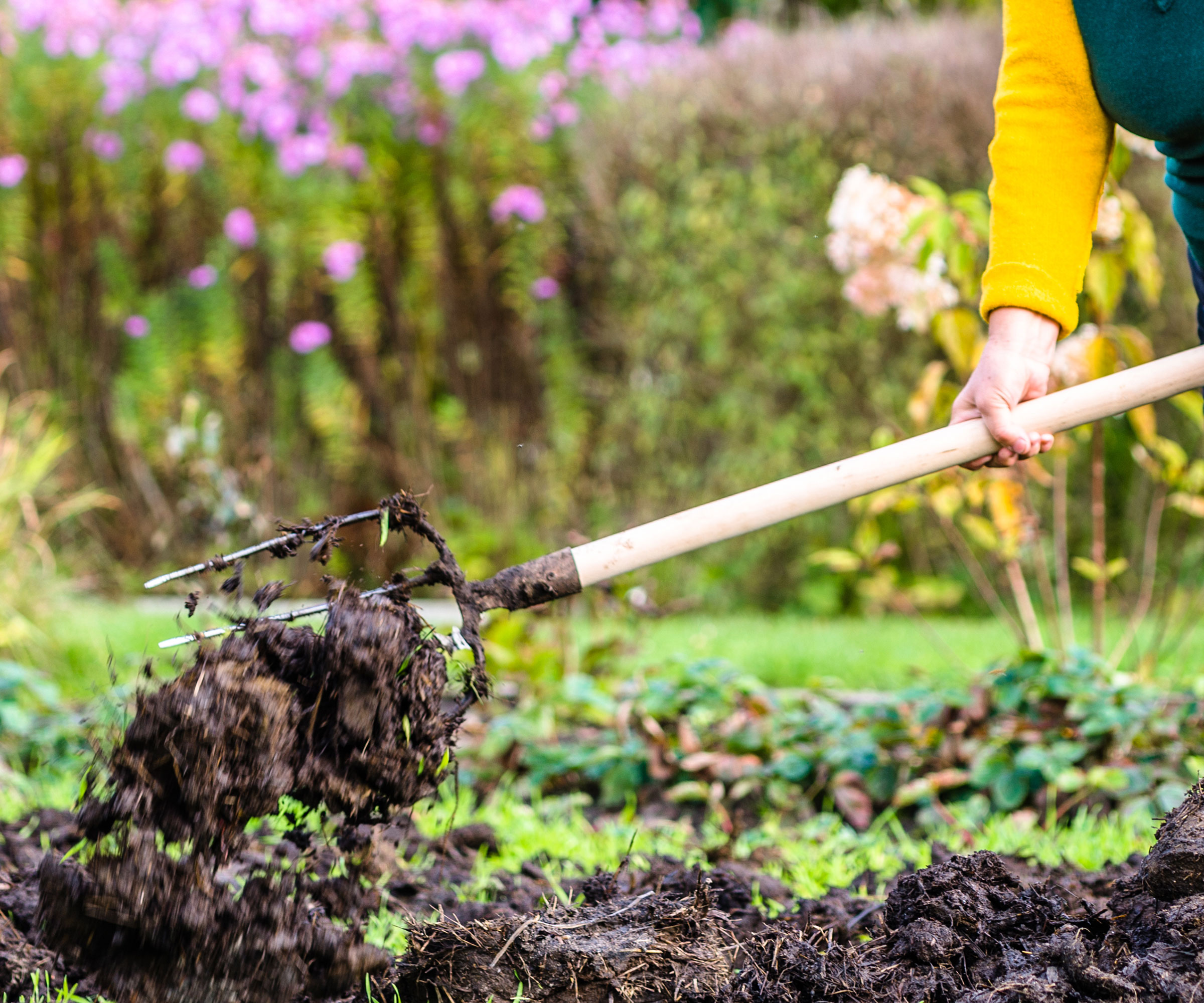
6. Digging: don’t bother doing it
There’s no need to engage in back-breaking digging work like the gardeners of yesteryear did. The ‘no-dig' method has become popular in recent years, and with good reason. Disturbing the soil by vigorous digging doesn’t do its delicate ecosystem any good. You only need to hoe off smaller and younger weeds at the surface and dig out any perennial weeds, leaving the rest of the soil unturned.
Adding a compost mulch around your plants is highly recommended as it will improve the soil structure, helping heavy clay soils to drain better and light sandy soils to retain moisture. If you can’t face applying a mulch every year, doing it every three to four years is good enough.
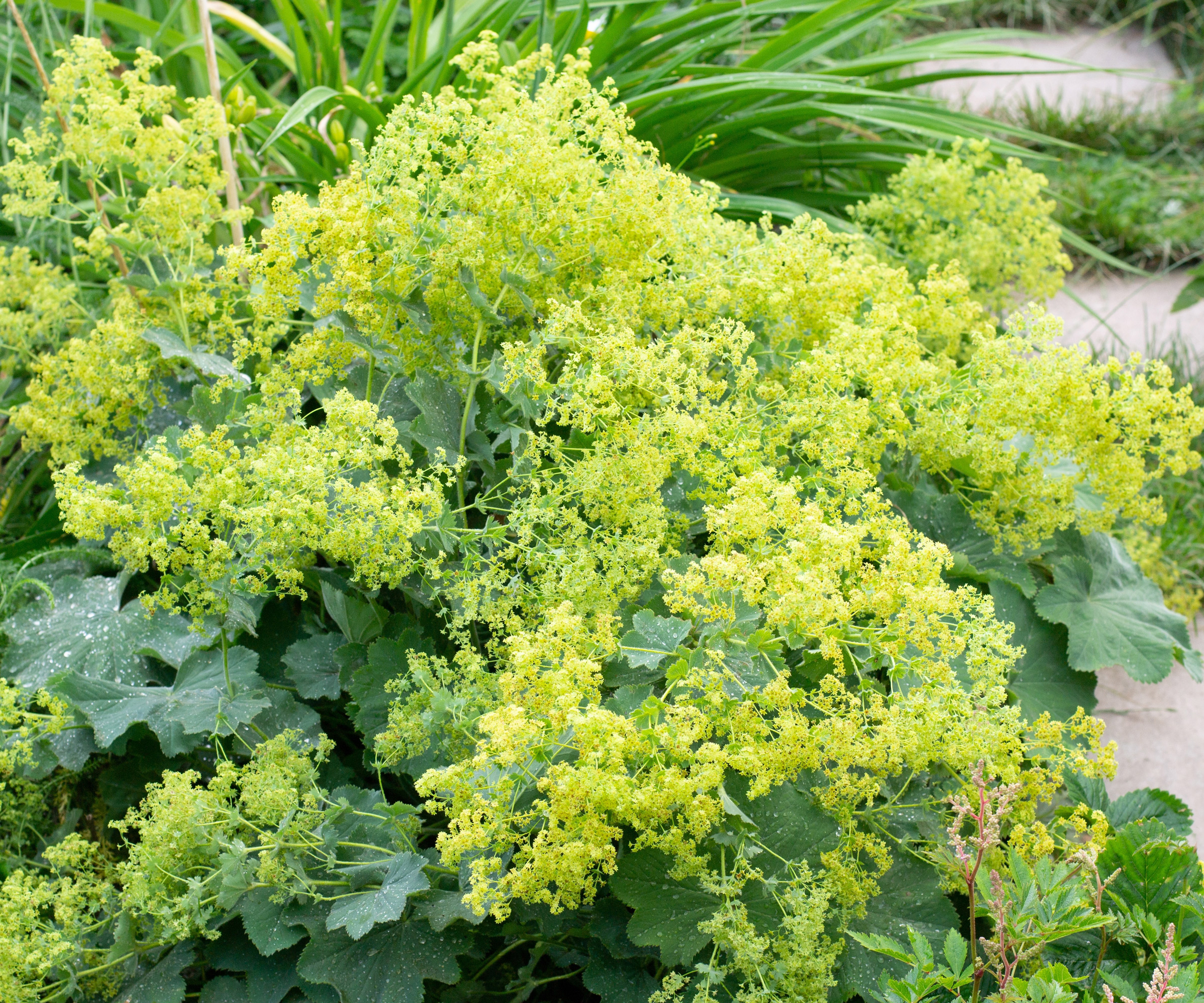
7. Choose resilient plants
It’s easy to get seduced by the pretty seasonal displays at garden centres, but short-lived delicate bedding plants intended for patio planters and hanging baskets, usually require a lot of watering, feeding, and tidying. Instead, choose tough flowering perennials that flower for weeks, will make it through winter, and will reappear the following year.
Plants that require minimal attention include Mexican fleabane (Erigeron), perennial wallflower, geum, catmint (nepeta), hardy geraniums, achillea, and alchemilla mollis. Get your plant choices right and you’ll spend less time doing chores in the long run.
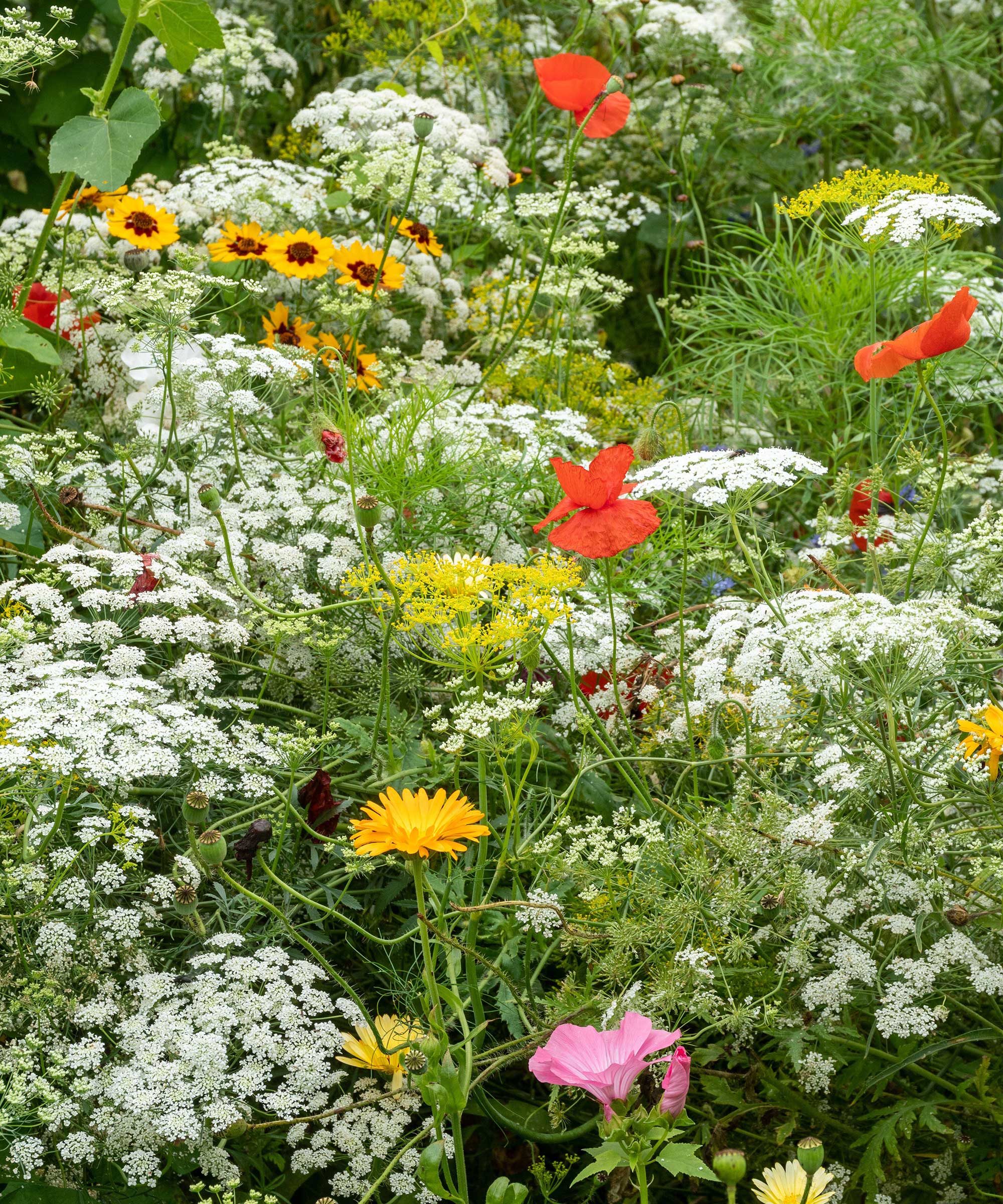
8. Embrace the wild garden look
Natural-style gardening rejects neat and tidy borders and manicured lawns and instead favors swathes of native and non-native plants to attract wildlife, as well as allowing plants to self-seed and lawns left to grow into meadows. A wildflower garden is less labor-intensive, but it does require skill. You’ll spend less time dead heading, watering and feeding, and more time editing and fine-tuning.
Meadowscaping is about observing what happens in the borders and adopting a 'live and let live' attitude. Ecology takes precedence over horticulture. Wild-look plants that are tough and resilient include hardy geraniums, hellebores, red clover, salvia, Californian poppies, and deschampsia grass.
FAQs
How can I reduce my gardening maintenance?
Keep planting simple. Hardy shrubs are long-lived, and evergreen plants look good all year and won’t drop their leaves. Groundcover plants will mesh together and keep unwanted weeds down.
How do I make my yard less work?
Learn to love weeds! If you incorporate them into your color schemes, they will blend in. Herb robert (Geranium robertanium) and yellow corydalis (Pseudofumaria lutea) look pretty when allowed to self-seed into swathes.
Even though we love our yards, we don’t always love the work involved in maintaining them, especially if we lead busy lives. The secret to having an amazing looking yard is to have clearly defined pathways, lawn edges and borders. If you focus on keeping these areas free of weeds and debris, then you can allow yourself to be more relaxed about the borders.

Sally is horticulturally trained to degree level and has worked on gardening magazines for over a decade. She now regularly writes for Homes & Gardens and Easy Gardens. When Sally isn’t writing, she gardens for local clients, and cultivates her own little patch in sunny Bournemouth.